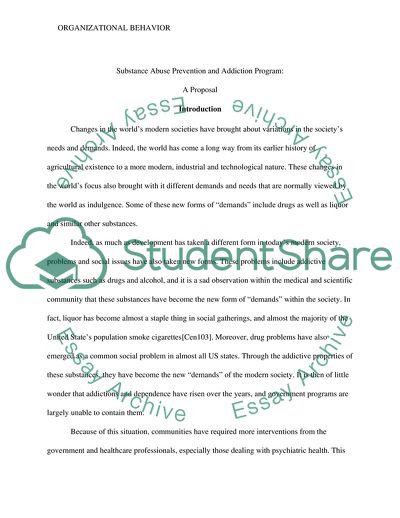Cite this document
(Substance Abuse Prevention and Addiction Program Business Plan, n.d.)
Substance Abuse Prevention and Addiction Program Business Plan. https://studentshare.org/psychology/1770683-prevention-and-addiction-program-proposal
Substance Abuse Prevention and Addiction Program Business Plan. https://studentshare.org/psychology/1770683-prevention-and-addiction-program-proposal
(Substance Abuse Prevention and Addiction Program Business Plan)
Substance Abuse Prevention and Addiction Program Business Plan. https://studentshare.org/psychology/1770683-prevention-and-addiction-program-proposal.
Substance Abuse Prevention and Addiction Program Business Plan. https://studentshare.org/psychology/1770683-prevention-and-addiction-program-proposal.
“Substance Abuse Prevention and Addiction Program Business Plan”. https://studentshare.org/psychology/1770683-prevention-and-addiction-program-proposal.


